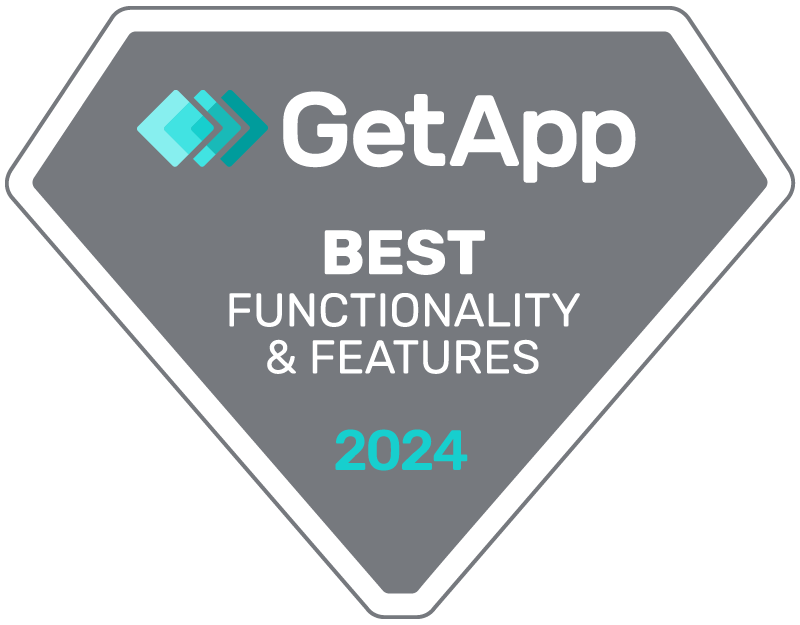4 Trends in Employee Experience and New Generation Feedback

Attracting, retaining and developing talent has always been important to business success. That’s a given. But now the challenge is intensifying; competition for top talent is on the up and business leaders increasingly having to nurture and manage a multi-generational workforce with differing needs and aspirations. Listening to your employees and using the insight you glean to boost engagement; efficiency and the whole employee experience is perhaps more crucial now than ever.
To understand changing attitudes to employee feedback and how companies are increasingly looking inward to shape and improve the employee experience, we asked 150 HR professionals for their thoughts. Here’s a sneak preview of the key takeaways ahead of us launching the full report, The Changing Face of Employee Experience, later this month.
Feedback is coming of age
First up and the good news; HR leaders and their teams have a thorough understanding of the way employee insight benefits the business and strengthens the role of HR itself. There’s also a wider awareness that organizations must adopt the new generation of feedback tools such as always-on and continuous listening technology to increase employee engagement and create exceptional employee experiences at every stage in the employee journey. Yet, the introduction of new feedback technology is often held back by the competing priorities faced by HR alongside a lack of resources and skills, and slow-moving annual cycles.
Here are my main highlights from the research:
1. HR professional know that feedback is important
HR leaders and their teams undoubtedly recognize the importance of feedback in driving a better employee experience. They see it at the core of driving employee engagement, retention and innovation and driving continual organizational improvements. Ninety-seven percent say its importance will increase or stay the same over next year, while 78% see it becoming more important over the next three years. Why is this?
I see a couple of reasons. One is simply that culture and what employees want is changing, both of which mean it’s more important than ever to listen to the voice of the employee. Another is that competition for talented staff is hotting-up, meaning understanding and responding to staff concerns is becoming an essential survival tactic.

Discover what truly motivates your employees so you can skyrocket your productivity and profitability.
Learn more2. Traditional feedback technology dominates, but change is coming
Only a quarter of HR leaders and their teams say their organizations don’t use any feedback tools, 50% use traditional approaches such as annual or biennial employee surveys. However, 79% expect to introduce new generational tools within three years.
Some have gone as far as already adopting modern tools, the most popular being whistleblowing systems (used by over a quarter of respondents). The next most frequently implemented was always-on listening tools (19%) followed by online communities (16%).
Why do HR leaders and their teams want to change? I would say, quite simply it’s because newer tools have even greater potential to support the business. This is supported by our research with new generation tools scoring higher than, or equal to, traditional approaches in five out of seven key business priorities. These include measuring the impact of business change (scoring 81% effectiveness), encouraging employee participation (85%) and improving individual and team performance (69%).
3. Adoption of new generation tools is slow
While they clearly recognize the benefits of new generation feedback technology, only 57% of respondents expect to adopt it within a year; 85% say they’ll still be using the same tools as now.
It appears that this slow speed of adoption is partly down to internal barriers. For example, difficulties in securing budget came out as the top barrier to adopting newer feedback tools, considered a significant but not insurmountable issue by 50% of respondents. This is closely followed by new tools not being seen as part of HR’s remit (40%) and a lack of readiness to roll them out (33%).
The fact that budget is the major barrier is an odd one given that new tools are not necessarily more expensive or resource-intensive than existing solutions. In fact, more often than not, those companies that have implemented them have streamlined the task of collecting feedback and reduced cost and resource requirements. They have progressed from running inefficient, ineffective large-scale annual surveys to a more business-focused approach, where feedback and the employee experience benefits it brings are shared across the whole business.
4. HRs are balancing many priorities
The other major challenge for the adoption of new tools is the sheer weight of different responsibilities HRs must contend with; they have a wide range of business priorities competing for time and budget. For example, when asked to name their main focus in 2019, top responses included driving employee engagement, attracting and retaining talent, health and safety and the ‘unknown’ of Brexit. Interestingly (and positively), this shows how enmeshed the HR team is in so many aspects of the business.
When it comes to taking responsibility for the employee feedback strategy, HR leads the way in over half of organizations. However, the fact that the executive team (32%) and the strategy team (19%) are also heavily involved shows the business importance of employee experience, engagement and feedback. It also demonstrates that HR needs to ensure that it is seen as a strategic partner to the business to drive future engagement projects.
It’s time to act
It seems to me (and as our research plays out) that HR is at a crossroads. At a time when recruiting, keeping and developing talent is increasing in importance, it’s also more difficult to do. The time is now for HR departments to embrace new generation feedback tools to shape an employee experience to rival all others.









